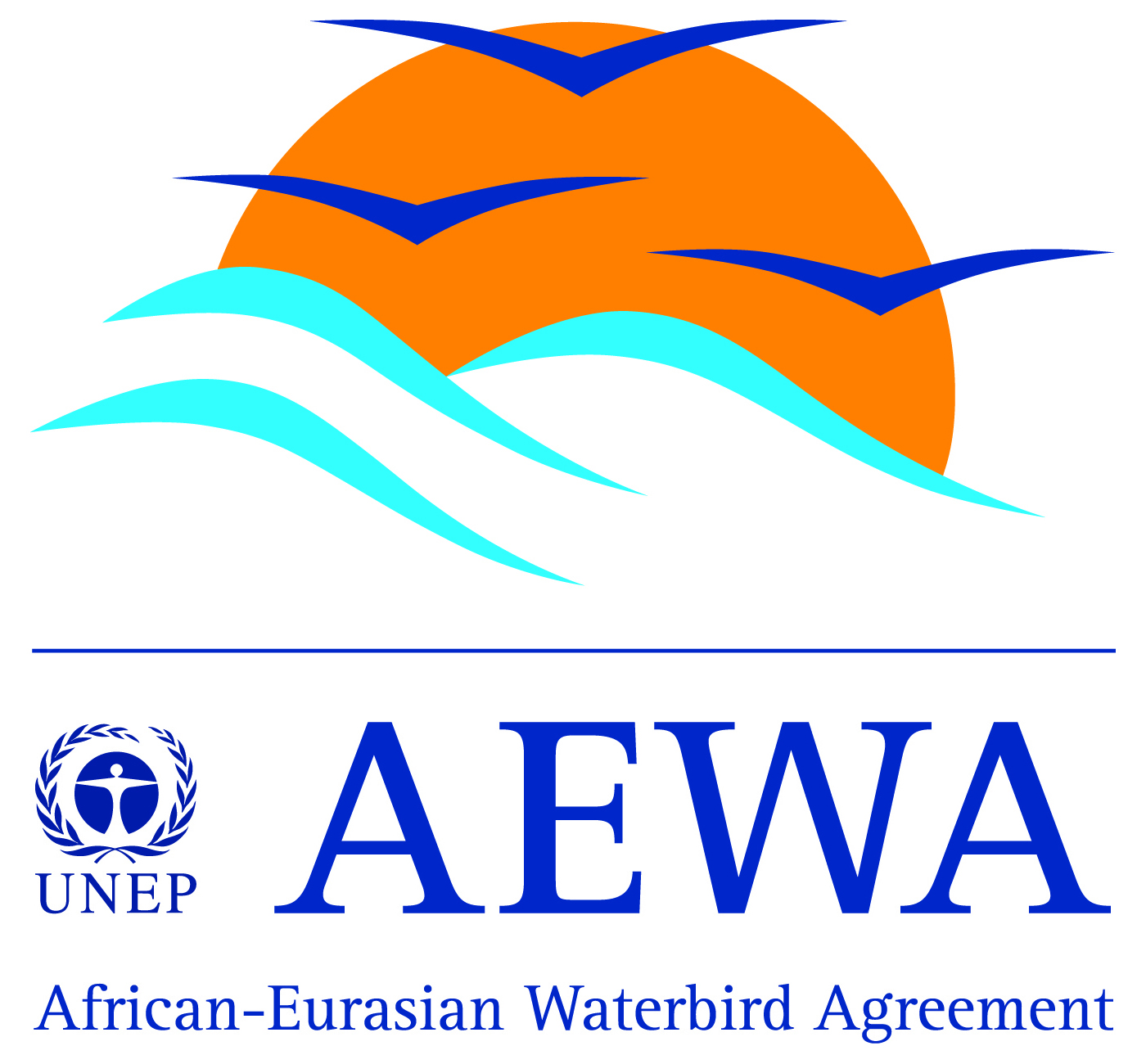Differential use of highway underpasses by bats
-
Published source details
Bhardwaj M., Soanes K., Straka T.M., Lahoz-Monfort J.J., Lumsden L.F. & van der Ree R. (2017) Differential use of highway underpasses by bats. Biological Conservation, 212, 22-28.
Published source details Bhardwaj M., Soanes K., Straka T.M., Lahoz-Monfort J.J., Lumsden L.F. & van der Ree R. (2017) Differential use of highway underpasses by bats. Biological Conservation, 212, 22-28.
Actions
This study is summarised as evidence for the following.
| Action | Category | |
|---|---|---|
|
Install underpasses or culverts as road/railway crossing structures for bats Action Link |
|
-
Install underpasses or culverts as road/railway crossing structures for bats
A replicated, site comparison study in 2013–2015 of six culverts and six open-span underpasses under a road in Victoria, Australia (Bhardwaj et al 2017) found that culverts and underpasses were used more frequently to cross the road by bat species adapted to cluttered habitats, but results were mixed for bat species adapted to open and edge habitats. Bat species adapted to cluttered habitats crossed the road more often through culverts (average 5 times/night) and underpasses (10 times/night) than over the road above (2 times/night above both). Bat species adapted to edge habitats crossed less often through culverts (1 time/night) than over the road above (13 times/night), but more often through underpasses (29 times/night) than over the road above (4 times/night). Bat species adapted to open habitats crossed more often over the road above culverts (31 times/night) and underpasses (19 times/night) than through culverts (1 time/night) or underpasses (12 times/night). Culverts were box culverts (3–3.6 m wide and high x 24–67 m long) with a concrete floor. Underpasses were large, open structures (10–90 m wide x 3–15 m high x 30–54 m long) with natural vegetation below. The road was a four-lane divided highway carrying an average of 8,000–14,000 vehicles/day. Six bat detectors were deployed/site to record crossing bats for a total of four full nights in December–January in 2013/2014 and 2014/2015.
(Summarised by: Anna Berthinussen)
Output references
|
|





)_2023.JPG)














